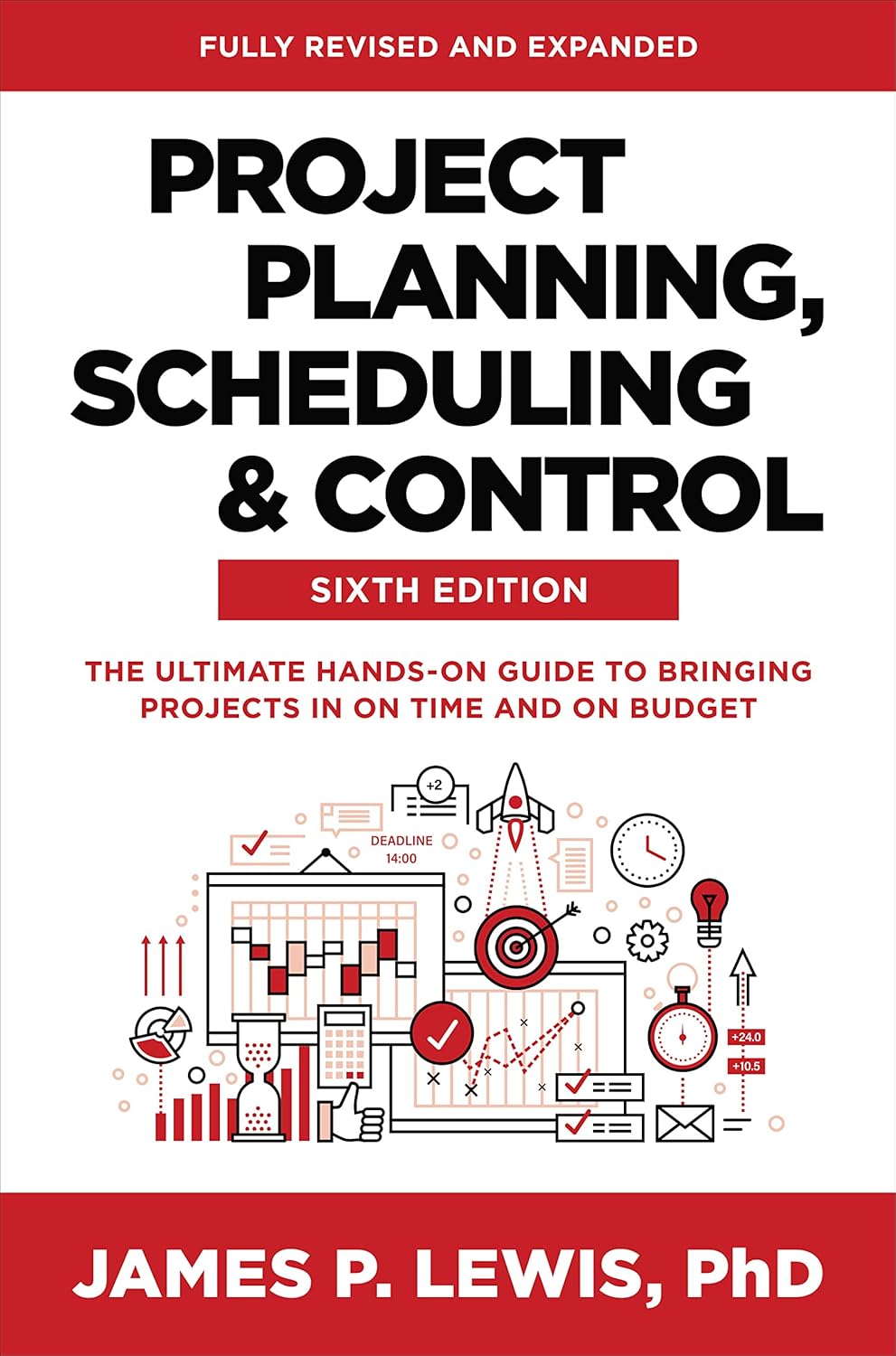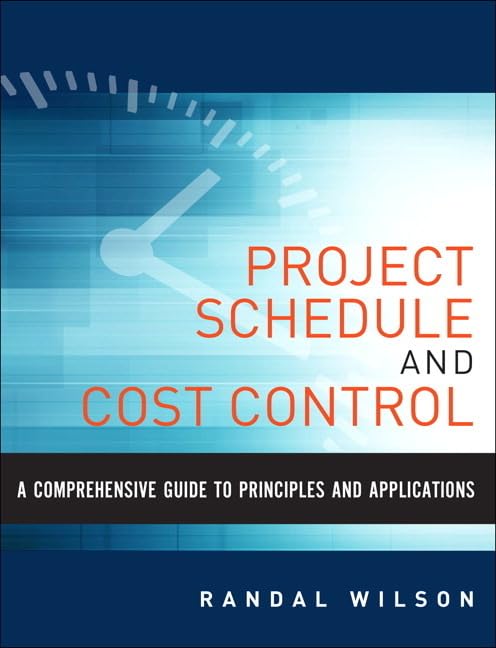
Finish Date
What is the Finish Date?
The finish date marks the scheduled or actual calendar date when the team expects to complete a project task, phase, or the entire project. It marks the conclusion of work efforts and often serves as a key milestone in tracking progress. In project planning, this date is determined based on the scope of work, available resources, and dependencies between tasks. Finish dates can shift due to delays, changes in project scope, or resource availability. They are essential for project managers to evaluate if the project is on schedule or if corrective action is needed.
Key Points
- Project teams often include the finish date in project schedules, Gantt charts, and tracking documents.
- It may refer to either a forecasted completion date or the actual completion date of a task or project.
- Changes in the project timeline can cause finish dates to move forward or backward.
- The critical path in a project determines the earliest possible finish date for the overall project.
- Monitoring finish dates helps project teams stay accountable and make timely decisions.
Related Terms
- The baseline schedule includes the original finish date, before any changes that may occur during execution.
- A critical path analysis identifies the sequence of tasks that determines the project’s completion date.
- Milestones are key points in the schedule, and each milestone often has an associated finish date.
- A project timeline visually maps out start and finish dates for all activities.
- The project schedule is a broader document that integrates all tasks with their respective start and finish dates.
Finish Date: Example
A construction project includes a task to install electrical wiring, scheduled to finish on June 15. Due to delayed material delivery, the team completes the task on June 22. The project manager records this new finish date and updates the project schedule to reflect the change. This adjustment affects dependent tasks, possibly altering the project’s overall finish date.
Finish Date: Best Practices
- Clearly define and document finish dates during the project planning phase to ensure a smooth project execution.
- Use scheduling tools to update finish dates when task durations or dependencies change automatically.
- Regularly compare actual and planned finish dates to track project performance.
- Communicate any changes in finish dates to all stakeholders to manage their expectations effectively.
- Align task finish dates with milestone targets to maintain project momentum.
Additional Resources
Preparing for a PMI certification?
- Exam Prep Courses: PMP®, CAPM®, and PMI-ACP®
- Exam Simulators: PMP®, CAPM®, PMI-ACP®, PMI-PBA®, PMI-RMP®, PMI-SP®, PgMP®, and PfMP®
- Professional Development Units (PDUs): 15, 30, and 60 PDU Bundles




